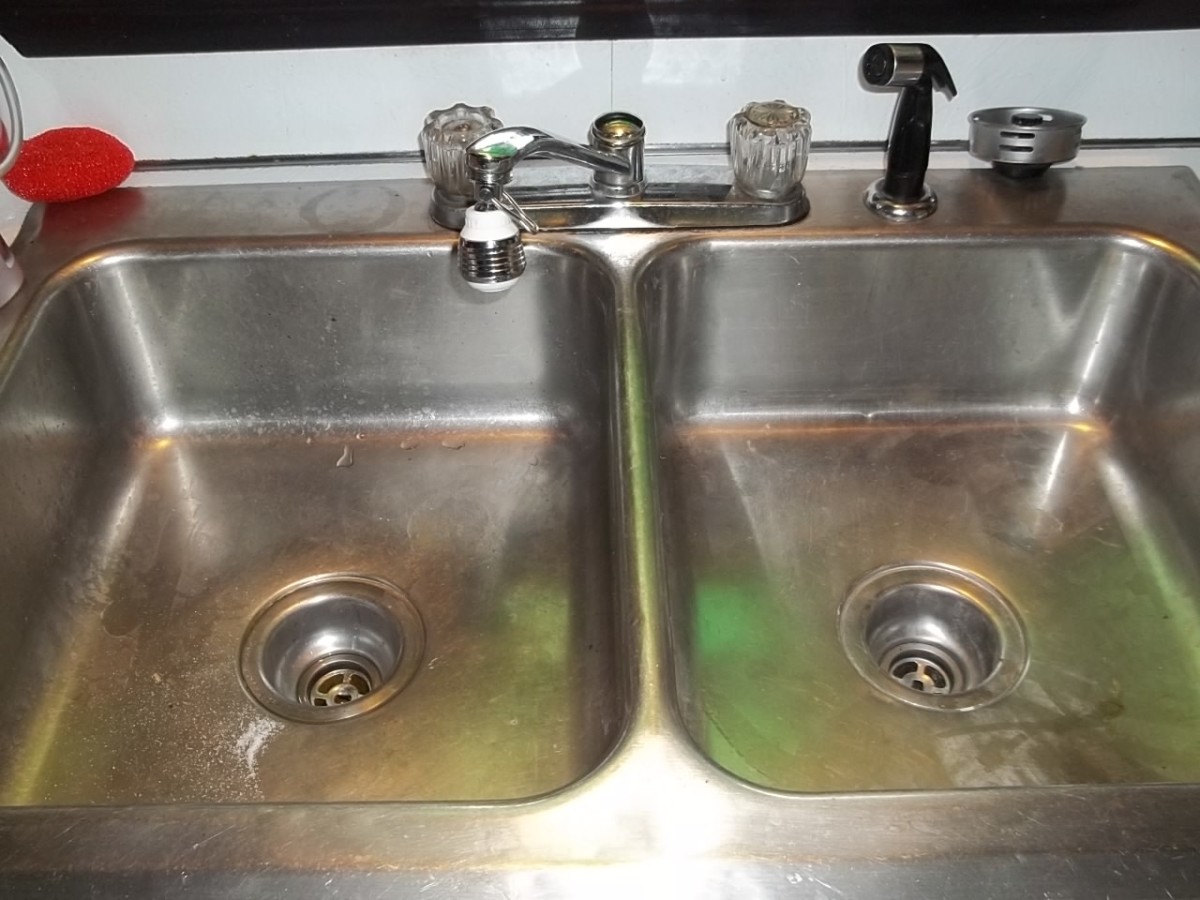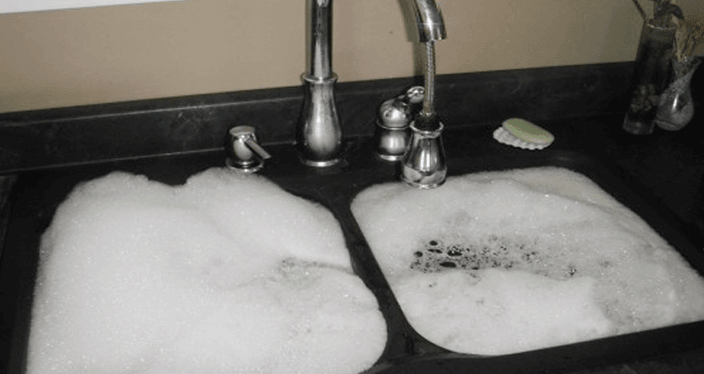Schedule Appointment Now
How do you really feel on the subject of Fixing Typical Household Plumbing Problems?

Blocked kitchen sinks are one of one of the most common drainage issues house owners deal with. And also what's even more, it's a undesirable as well as very unpleasant view. Picture going to the sink to do your meals and learning that the drainpipe is blocked as well as water can not move down quickly.
Many stopped up drainages are caused by food particles, oil, fat, as well as soap particles. They block the sink and make it hard for water to go down the drain swiftly. While it is tempting to put a call through to the plumbers, there are a couple of DIY hacks you can attempt initially before making that phone call.
In this write-up, we will certainly be checking out 5 basic steps you could require to free your kitchen sink from obstructions and conserve you from the discomfort as well as embarrassment of dealing with a blocked kitchen area sink.
1. Usage Boiling Water
When confronted with a clogged sink, the first thing you ought to attempt is to put boiling water down the drainpipe. That has to do with the most straightforward solution to clogged up sinks and water drainages. Boiling water aids neutralize the bits and particles triggering the blockage, especially if it's soap, oil, or oil fragments, as well as oftentimes, it can flush it all down, as well as your sink will be back to regular.
Because warm water might melt the lines and create even more damage, do not attempt this approach if you have plastic pipelines (PVC). You may desire to stick to using a plunger to get particles out if you utilize plastic pipelines.
Utilizing this approach, turn on the tap to see how water moves after putting warm water away. Try the process again if the blockage continues. However, the clog could be much more relentless in some cases as well as require greater than simply boiling water.
2. Maybe it's the Garbage Disposal
In many cases, the obstruction might result from a clog in the disposal. Switching on the disposal ought to remove the obstruction, however it could indicate that food bits or other materials are stuck between the blades if that is not successful. You can try to unblock it by transforming the blades manually in a proposal to free it. Please make sure not to stick your hands in the blades; they're sharp. Use pliers instead.
If this does not function, you can check out the adhering to choice to unclog your kitchen sink.
3. Try a Plunger
You can attempt using a plunger if the problem is not from the rubbish disposal. Plungers are common residence tools for this occasion, as well as they can can be found in convenient if you utilize them appropriately. A flat-bottomed bettor is most appropriate for this, but you can use what you have is a commode plunger.
Adhere to the following basic steps to use the plunger successfully:
Secure the drain with a dustcloth and fill up the sink with some warm water
Place the bettor ready over the drainpipe and also begin diving
Check to see if the water runs easily after a few plunges
Repeat the process till the water drainage is totally free
4. Sodium Bicarbonate as well as Vinegar
In contrast to using any type of form of chemicals or bleach, this approach is much safer as well as not hazardous to you or your sink. Baking soda as well as vinegar are daily house items utilized for many other things, and they can do the technique to your kitchen area sink.
Firstly, eliminate any water that is left in the sink with a mug.
Then put a good quantity of cooking soda down the drain.
Pour in one mug of vinegar.
Seal the drain opening as well as permit it to opt for some minutes.
Pour warm water down the tubes to dissolve other persistent deposit as well as particles.
Following this simple technique might suffice, and you can have your kitchen area sink back. Repeat the procedure as long as you regard required to rid the sink of this particles completely.
5. Use a Hanger
This trick is effective and also resourceful, particularly if you recognize and also maybe see what's causing the obstruction. Occasionally, the clog could be triggered by hair, precious jewelry, or huge portions of food particles. Making use of a cord towel hanger or a plumber's snake if you have one can do the method. All you need do is straighten out the hanger to decrease the drain while you meticulously select the bits creating the obstruction.
Run hot water away hereafter to see how successful you were.
Final Words
Attempting these couple of techniques might save you the expenditures of having a plumber examine it. In numerous situations, a plumber is what we need. In cases where you find it difficult to unblock the sink even after attempting all these techniques, it may be time to leave it to the experts.
Contact expert plumbing business to repair your water drainage issues as well as other different house plumbing requirements.
Obstructed kitchen area sinks are one of the most common water drainage issues property owners deal with. Visualize going to the sink to do your dishes and also locating out that the drain is blocked and water can not move down conveniently.
They obstruct the sink and make it hard for water to go down the drainpipe quickly. When encountered with a stopped up sink, the first point you should try is to pour boiling water down the drainpipe. Boiling water assists reduce the effects of the bits as well as debris causing the obstruction, particularly if it's oil, soap, or grease fragments, as well as in several instances, it can purge it all down, and also your sink will be back to regular.
How to Unclog a Kitchen Sink
Take the Plunge
Start your efforts by plunging. Use a plunger with a large rubber bell and a sturdy handle. Before getting to work on the drain, clamp the drain line to the dishwasher. If you don t close the line, plunging could force dirty water into the dishwasher.
Fill the sink with several inches of water. This ensures a good seal over the drain.
If you have a double sink, plug the other drain with a wet rag or strainer.
Insert the plunger at an angle, making sure water, not air, fills the bell.
Plunge forcefully several times. Pop off the plunger.
Repeat plunging and popping several times until the water drains.Clean the Trap
The P-trap is the curved pipe under the sink. The trap arm is the straight pipe that attaches to the P-trap and runs to the drain stub-out on the wall. Grease and debris can block this section of pipe. Here s how to unclog a kitchen sink by cleaning out the trap:
Remove as much standing water from the sink as possible.
Place a bucket under the pipe to catch the water as it drains.
Unscrew the slip nuts at both ends of the P-trap. Use slip-joint pliers and work carefully to avoid damaging the pipes or fasteners.
If you find a clog, remove it. Reassemble the trap.
If the P-trap isn t clogged, remove the trap arm and look for clogs there. Run the tip of a screwdriver into the drain stub-out to fetch nearby gunk.Spin the Auger
With the trap disassembled, you re ready to crank the auger down the drain line.
Pull a 12-inch length of cable from the auger and tighten the setscrew.
Insert the auger into the drain line, easing it into the pipe.
Feed the cable into the line until you feel an obstruction. Pull out more cable if you need to.
If you come to a clog, crank and push the cable until you feel it break through. The cable will lose tension when this happens.
Crank counterclockwise to pull out the cable, catching the grime and debris with a rag as the cable retracts.

I'm just very drawn to DIY Plumbing Fixes and I really hope you enjoyed my entry. Feel free to take the opportunity to promote this page if you enjoyed it. I take joy in reading our article about Fixing Typical Household Plumbing Problems.
Get Your Estimate Now